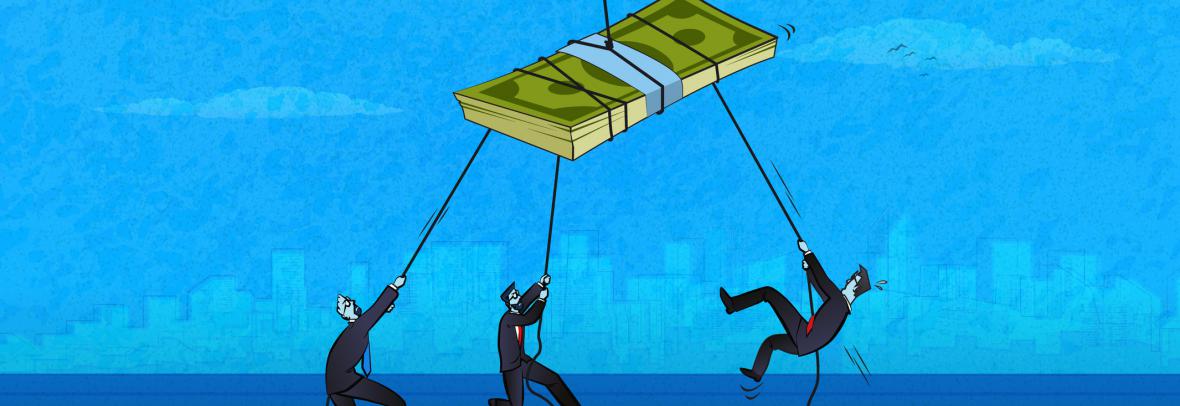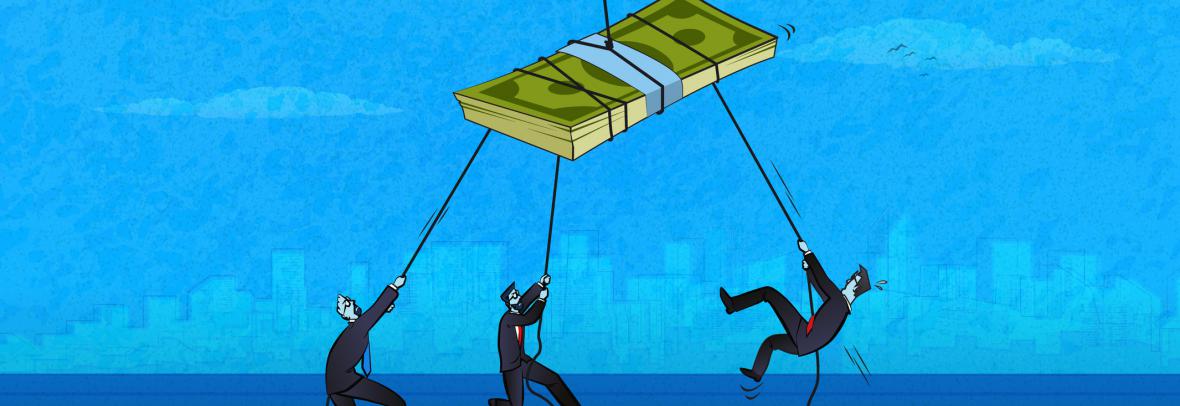
Experts say that high prices could be around for a while because inflation in services like transportation, recreation, food services and more haven’t peaked yet.
McLEAN, Va. – Don’t celebrate a win over inflation yet. Inflation in services hasn’t peaked yet, which could mean high prices will be here for a while, economists say.
The Fed’s preferred inflation gauge, the core personal consumption expenditures price index that excludes the volatile food and energy sectors, has trended lower, falling to 4.6% in July from 5.3% in February.
But transportation, recreation, accommodation and food services prices, which rose the most last year, surged more than 6% in July, said Tyler Atkinson and Xiaoqing Zhou, economists at the Dallas Federal Reserve, in a report. Those categories contributed 1.3 percentage points (or 31%) to overall core PCE services inflation, they estimated, and have room to add more as real spending in those areas has yet to return to pre-pandemic levels, and tight labor markets push up wages in those labor-intensive sectors.
“This implies that core PCE inflation – even if it has peaked due to declining goods inflation – is likely to fall slowly,” the economists said.
What service areas are adding most to inflation?
Housing and medical services have significant weighting (around 15% and 18%, respectively) in calculating PCE, and are still seeing fast-rising prices.
Rent and the homeowners’ equivalent to rent surged to 5.9% in July, from 2% in May 2021, contributing 1.4 percentage points (or 32%) to core PCE services inflation and reflecting with a lag, surging house prices since mid-2020. The economists forecast housing can add another 35 basis points to headline PCE inflation and 40 basis points to core PCE inflation this year before easing in mid-2023 as these prices continue catching up to record home prices.
Another source of likely further upward pressure on PCE inflation is health care services, led by wage growth among hospital workers. The economists expect health care will contribute 70 basis points to year-over-year core PCE inflation in the coming year, 32 basis points more than in second quarter 2022, all else equal.
What does this ultimately mean for consumers?
The Fed will likely continue aggressively raising interest rates to cool demand, by discouraging borrowing and spending and slow inflation.
The Fed has already increased its short-term benchmark fed funds rate this year to 2.25% and 2.5%, from near zero. But with inflation still high, Fed Chair Jerome Powell has said rates will have to rise further and stay there for some time.
Many economists predict the Fed will hike rates another 1.5% by year end.
Although the Fed doesn’t control consumer interest rates like those on home and auto loans or credit cards, its rate increases ripple through the economy and eventually consumers pay more. Last week, for example, the average credit card rate reached 17.96%, the highest since January 1996, according to Bankrate.com.
With even higher rates ahead, consumers should try to pay off credit card debt.
“Forget about chasing rewards,” said Ted Rossman, a Bankrate senior industry analyst.
Copyright 2022, USATODAY.com, USA TODAY. All rights reserved.
Go to Source
Author: marlam



